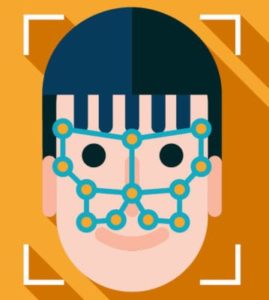Apple filed a patent this week that looks to improve upon facial recognition by mapping the unique vein patterns beneath a person’s face.

The patent — titled “Vein matching for difficult biometric authentication cases” — calls for the use of an infrared sensor to capture sub-epidermal vein patterns beneath the user’s face in a 3D map, and then using the data from that map for authentication.
The iPhone’s current form of facial recognition, Face ID, does in fact use infrared sensors in its camera to map a user’s face, but focuses on the surface rather than beneath it.
Though Face ID and Apple’s fingerprint solution Touch ID — and most any form of biometric authentication — are a vast improvement on the older PIN/password approach, there have still been cases of hackers successfully fooling both systems through sometimes complex and sophisticated means.
There is also the matter of false positives, where a biometric authentication system incorrectly grants authorization to an individual that isn’t the intended user — a problem that is more likely among twins or sometimes even family members (though Face ID’s false positive rate is reportedly about one in a million).
For the above reasons, vein pattern recognition has been growing in popularity in recent months, both for the advanced security it promises, but also because of the contactless use cases it offers, a point especially popular these days due to the rise of COVID-19 and concerns about commonly touched surfaces like those found on many hand and fingerprint scanners.
It should be noted, however, that the patent — which can be traced back as far as February of 2018 — doesn’t guarantee that this tech will find its way into a consumer-facing product. Like most tech companies, Apple files patents regularly, with the majority of them never actually making their way to market.
Source: Apple Insider

Follow Us